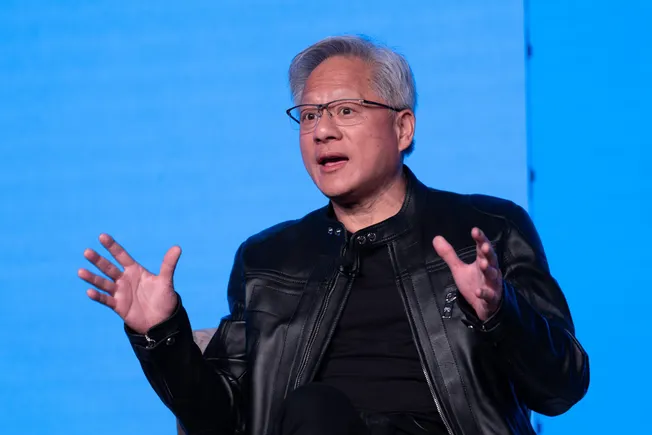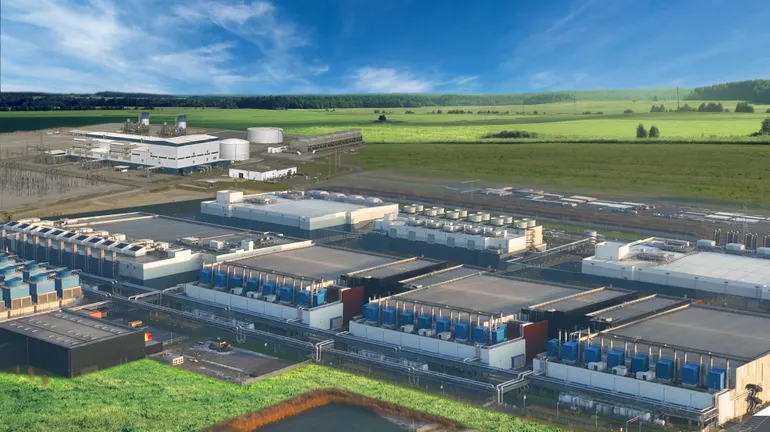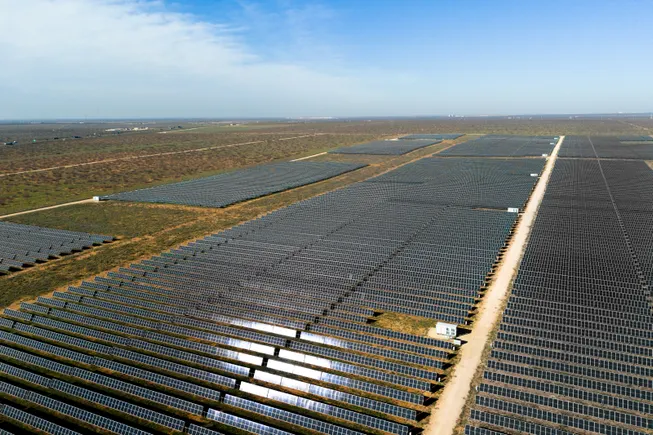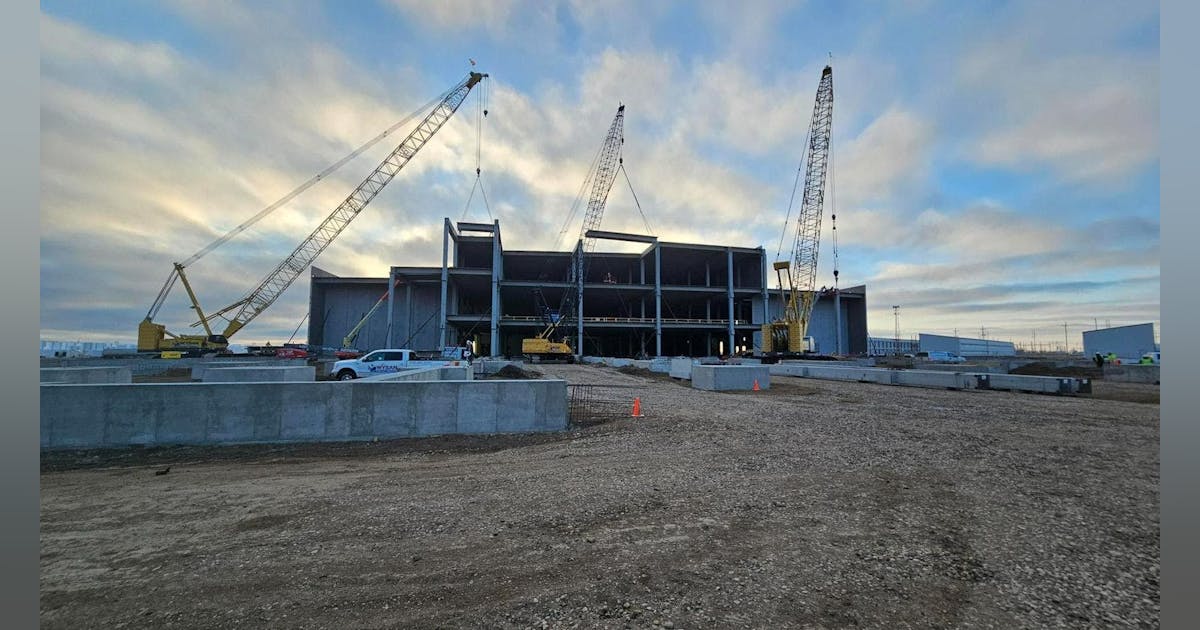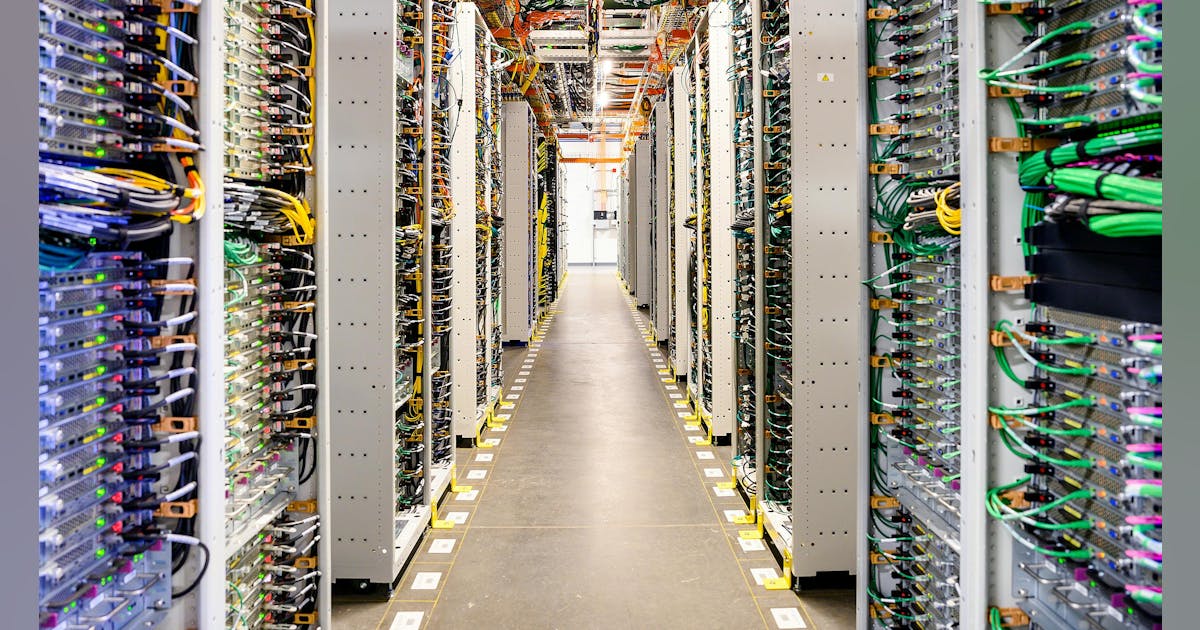
Matt Kimball, principal analyst at Moor Insights & Strategy, said, “While I’m sure tariffs have some impact on Intel’s layoffs, this is actually pretty simple — these layoffs are largely due to the financial challenges Intel is facing in terms of declining revenues.”
The move, he said, “aligns with what the company had announced some time back, to bring expenses in line with revenues. While it is painful, I am confident that Intel will be able to meet these demands, as being able to produce quality chips in a timely fashion is critical to their comeback in the market.”
Intel, said Kimball, “started its turnaround a few years back when ex-CEO Pat Gelsinger announced its five nodes in four years plan. While this was an impressive vision to articulate, its purpose was to rebuild trust with customers, and to rebuild an execution discipline. I think the company has largely succeeded, but of course the results trail a bit.”
Asked if a combination of layoffs and the moving around of jobs will affect the cost of importing chips, Kimball predicted it will likely not have an impact: “Intel (like any responsible company) is extremely focused on cost and supply chain management. They have this down to a science and it is so critical to margins. Also, while I don’t have insights, I would expect Intel is employing AI and/or analytics to help drive supply chain and manufacturing optimization.”
The company’s number one job, he said, “is to deliver the highest quality chips to its customers — from the client to the data center. I have every confidence it will not put this mandate at risk as it considers where/how to make the appropriate resourcing decisions. I think everybody who has been through corporate restructuring (I’ve been through too many to count) realizes that, when planning for these, ensuring the resilience of these mission critical functions is priority one.”
Added Bickley, “trimming the workforce, delaying construction of the US fab plants, and flattening the decision structure of the organization are prudent moves meant to buy time in the hopes that their new chip designs and foundry processes attract new business.”







